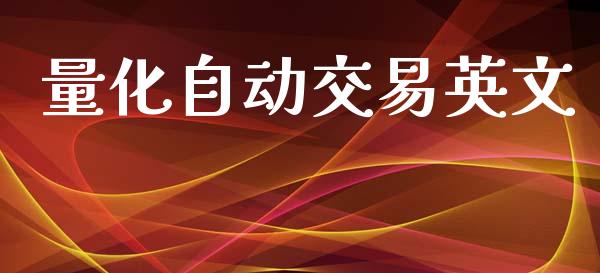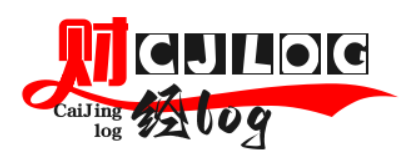量化自动交易英文

Quantitative automated trading, also known as algorithmic trading or algo trading, refers to the use of computer programs and mathematical models to execute trading strategies in financial markets. It involves the use of pre-defined rules and algorithms to generate buy and sell signals, automatically placing trades without human intervention.
The process of quantitative automated trading starts with the development of trading algorithms, which are based on various factors such as technical indicators, statistical patterns, and market data analysis. These algorithms are programmed into computer systems, which continuously monitor and analyze market conditions in real-time.
The algorithms are designed to identify trading opportunities, such as price discrepancies, market inefficiencies, or trends, and execute trades accordingly. They can be programmed to execute trades across different financial instruments, including stocks, bonds, commodities, currencies, and derivatives.
Quantitative automated trading offers several advantages over manual trading. Firstly, it eliminates emotional biases and subjective decision-making, as trades are executed based on predefined rules and algorithms. This reduces the impact of human errors and helps to maintain discipline in the trading process.
Secondly, automated trading allows for faster and more efficient execution of trades. Computers can analyze vast amounts of data and execute trades within milliseconds, which is not possible for humans. This can lead to improved trade execution and reduced trading costs.
Additionally, automated trading systems can operate 24/7, taking advantage of trading opportunities across different time zones and markets. This ensures that potential profit opportunities are not missed due to human limitations.
Risk management is a crucial aspect of quantitative automated trading. Traders can incorporate risk management techniques, such as stop-loss orders and position sizing rules, into their algorithms to mitigate potential losses. These risk management measures are implemented to protect the trader\'s capital and limit downside risks.
However, it is important to note that quantitative automated trading also carries certain risks. The performance of trading algorithms heavily relies on the accuracy of the underlying assumptions and the quality of the data used. Inaccurate models or faulty data can lead to substantial losses.
Moreover, automated trading systems can be vulnerable to technical glitches or system failures, which can result in erroneous trades or financial losses. Therefore, it is crucial for traders to regularly monitor and test their algorithms to ensure their effectiveness and reliability.
In conclusion, quantitative automated trading is a method of executing trading strategies using computer programs and algorithms. It provides advantages such as eliminating emotional biases, faster execution, and 24/7 trading capabilities. However, it also carries risks related to incorrect assumptions, data quality, and technical failures. Proper risk management and continuous monitoring are essential for successful implementation of automated trading systems.













